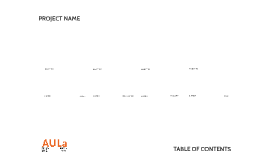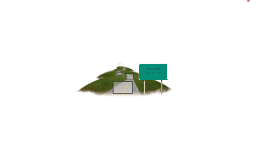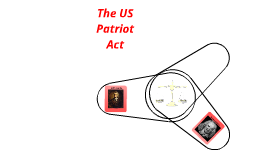Scope Presentation
Transcript: Purchasing by Mandy Woo, Joy Li, Dana Pham, Kat Yom, Jinny Kim, and Jessica Chan Retail industry is getting pickier Overall increase in SKUs Unique brand image needed Possible decrease in retail's profitability due to low sales Solution: replace existing line on shelves Low sales of original Scope = carrying fees of $50K/SKU to add line extension Market Background Samples available at dentists' or orthodontists' offices On-the-go/portable sizes are available in convenience stores and grocery stores Boosts sales in convenience stores, most of Scope's sales are primarily in grocery stores Available as a trial with a purchase of a full sized Scope bottle Market Research Price Pros May attract new customers Pros Pre-brushing rinse product Formula similar to Plax Better taste Pros Profitability with line extension Plax's price for dollar price/liter is higher Place $2.55/unit increase in ingredient costs Approx. 50% actual change in ingredients due to newly introduced ingredient $0.30/unit increase in packaging costs 4 P's Launched in Canada in late 1988 Introduced mouthwash as“prebrushing” rinse Focused on reducing plaque 3x more instead of improving bad breath Approx. $4M for promotion campaign Advertising estimated at $3M and extensive sales promotion: Trial-size display in three drugstore chains Co-op mail couponing to 2.5M households Instantly redeemable coupon offer Professional mailer to drug and supermarket chains Number of price reductions 10% market share of the total market in 1990. Cons Uncertainty in attracting new customers Min. 2 years to accept reassurance claims Possible cannibalization 2 - 9% sales Issue with line extension brand name Advertisement “Line extension may be profitable, but costlier" Market Penetration Price per unit will be $1.12 Cost markup of 125% from $0.0825 COGS Price of competitive brands range from $0.98 to $1.99 for bigger traveler sizes New competitor: Plax Cons Inconsistent with P&G's philosophy Potential damage to brand image Possible loss of credibility with dental professionals “Line extension should be separate from Scope” Market developed by Warner-Lambert’s Listerine 1967: Entry of Scope Positioned as great-tasting, mouth-refreshing, bad-breath protection 1976: Scope as market leader in Canada 1977: Warner-Lambert launches Listermint 12% market share Introduction of competitors: Cepacol (1970), Colgate Fluoride Rinse (1988), Plax (1988) New Marketing Strategies P&G Scope “Add plaque-reduction claims through line extension” Promotion Our Marketing Strategy: COGS per unit=$25.93, gross margin per unit=$15.32, therefore unit price is a price markup of 59.08% One unit is 10 liters or 10,000 milliliters, we want a 20ml. size it would cost approx. 0.002% of a unit Cost per unit is $41.25, each on-the-go size should cost $0.0825 or 0.002% of an actual unit, but packaging costs will be higher with the on-the-go version, so higher markup is 125% Product Development "Confidence when it matters" Advertising Agency Gain market share: Increasing usage among current users More effective ads Product innovation to generate interest The price per on-the-go scope will be $1.12 Keep the current formula and flavors On-the-go/portable sizes 20ml per packet as it is the suggested amount to use to not only get fresh breath, but to kill germs and plaque buildup For use in a hurry, at work, before a night out, etc. SWOT Analysis Campaign to encourage happiness and confidence in the younger generation (those who are dating - college age to early 30's) Social media (focus on younger gen.) Print ads Television ads Same advertising budget of $1.7M same # of wks on air (35 wks), but hopefully raise the GRP (gross rating points) Existing promos include samples, mailed couponing and in-store promotion, new promotions involve social media “Look for other alternatives to a line extension” Current Situation Sales Pros No harm in adding plaque reassurance claims Potential 6.5% increase in total mouthwash and rinse market share through line extension Most strategic option Cons Additional costs Outsource to U.S. $1/unit increase in delivery costs Cons Change in strategy required Successful advertising mentioned breath refreshment Possible confusion if under Scope Loss of market share Two ideas in one commercial is difficult Finance Financials Product Regulatory environment Health protection branch Drug status v. cosmetic status Canadian Dental Association Requires clinical studies demonstrating gum health improvements Saccharin/Cyclamate sweeteners Product development (line extension) of requires $20K in testing No guarantee new product will be more effective Retail industry taking in less SKUs, options: Replace current SKU with new SKU $50K carrying fee per SKU New pre-brushing rinse could cannibalize 2-9% of sales “Concerned with increased competition in retail” - Markets its product in over 140 different countries - Net earnings of $1.6 billion in 1990 - Between 1987 - 1990, worldwide sales

















